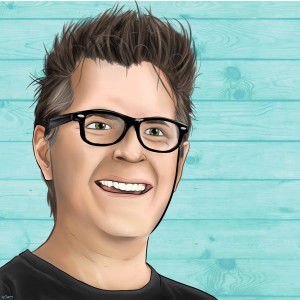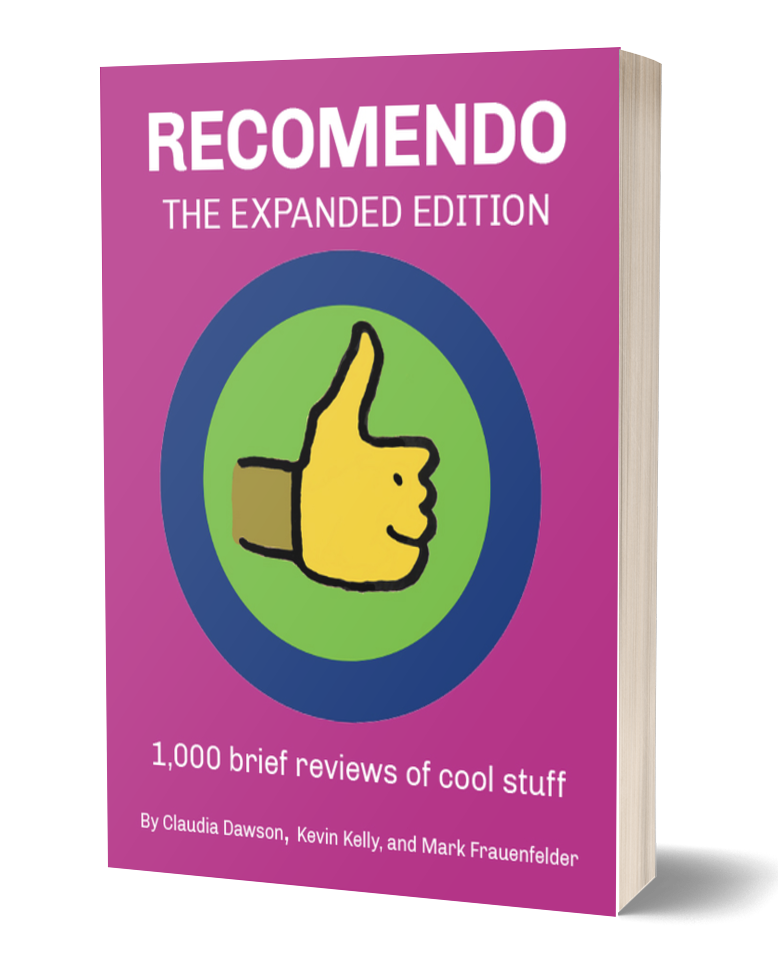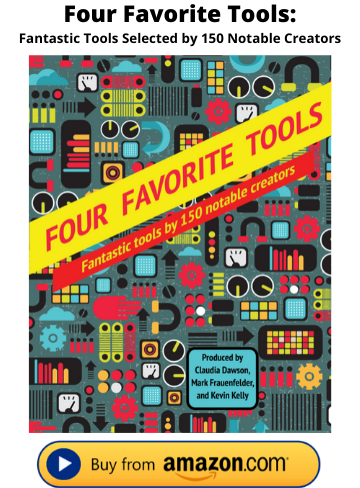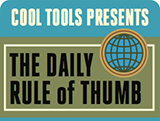06 January 2026
The Wolves of Currumpaw / Sinatra 100
Issue No. 99
THE WOLVES OF CURRUMPAW – A TRUE STORY ABOUT LOBO, A WOLF FROM THE OLD WEST
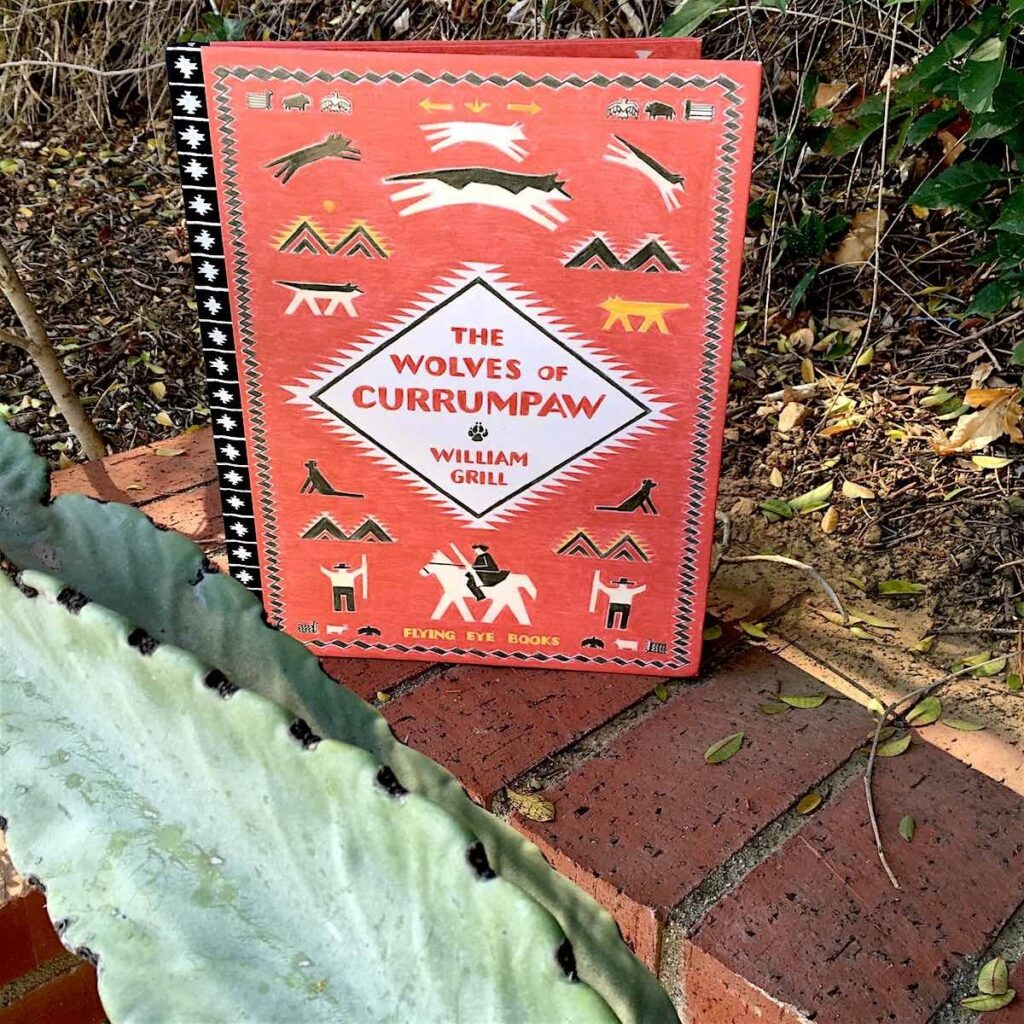

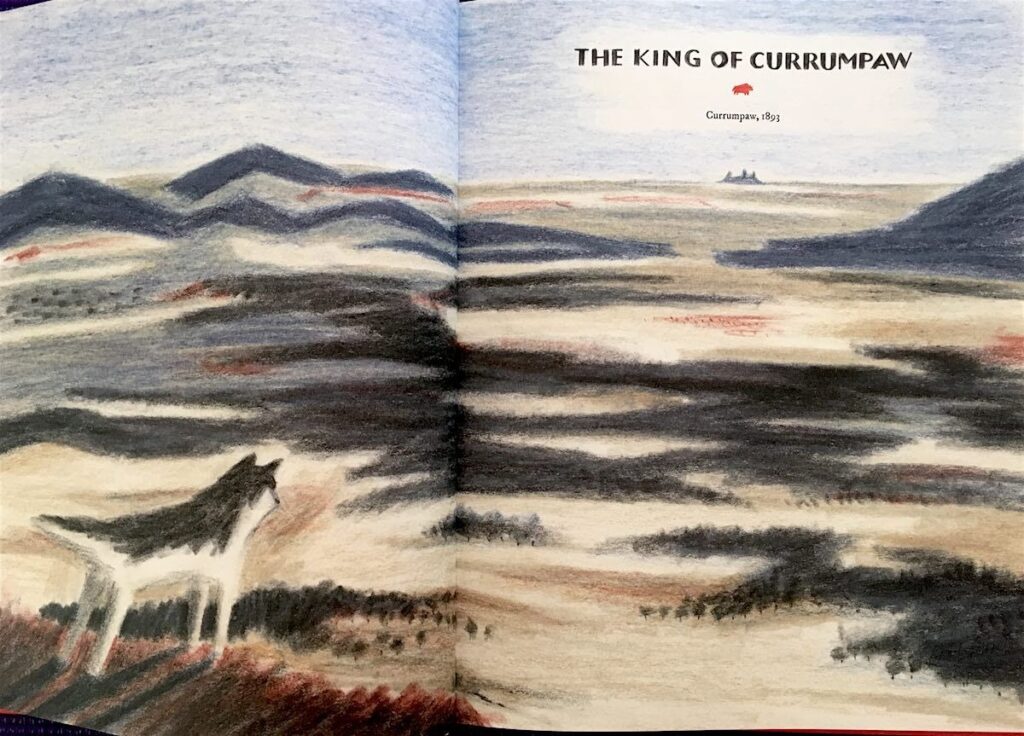
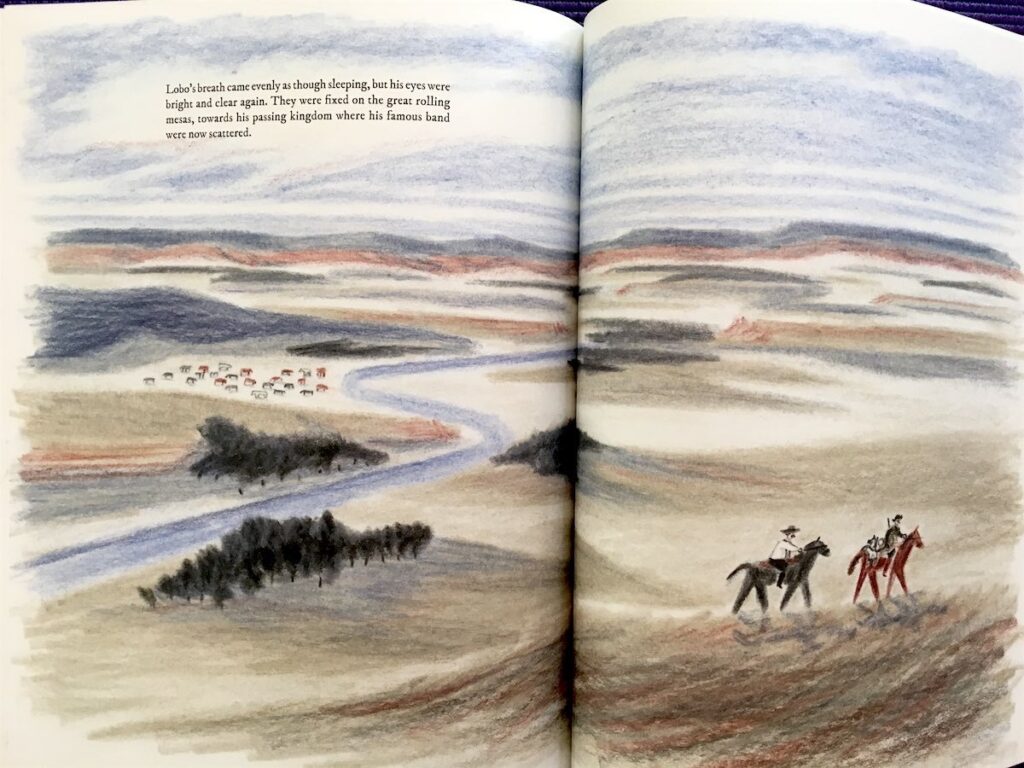
The Wolves of Currumpaw
by William Grill
Flying Eye Books
2016, 80 pages, 9.7 x 12.1 x 0.6 inches
In the early 1800s, half a million wolves roamed North America, but by 1862 settlers began pouring in from Europe and the landscape started to change. “These were the dying days of the Old West and the fate of wolves was sealed in it,“ begins The Wolves of Currumpaw.
The Wolves of Currumpaw, released today, is a true story about a wolf named Old Lobo, and a skilled hunter, Ernest Thompson Seton. Lobo was part of notorious pack of wolves in 1893 who, for five years, raided the ranches and farms of the Currumpaw Valley in New Mexico. Nobody was able to catch the stealthy wolf, and the locals began to think Old Lobo, or the King as they called him at the time, possessed supernatural charms. The locals finally offered $1000 to anyone who could catch him. Expert hunters set out to track him and hunt him down, but like the Terminator, Lobo couldn’t be killed – until Canadian-raised Seton came into town.
SPOILER paragraph: The story ends tragically, and might not be appropriate for more sensitive children. Seton does succeed in taking Lobo down, a section of the book that was hard for me to read. But then Seton has deep regrets and becomes a changed man. As a writer and sudden activist, Seton devoted the rest of his life to raising awareness about wolves. He was also one of the founders of the Boy Scouts of America.
Like William Grill’s other picture book, Shackleton’s Journey, Wolves is beautifully illustrated on thick textured paper with colored pencils. Wolves, which is based on Seton’s short story, Wild Animals I Have Never Known, is powerful, told as much by Grill’s narrative as it is by his illustrations. Grill has chosen two interesting, not commonly taught histories as the subjects of his first two books, and I look forward to seeing what he brings us next. – Carla Sinclair
A LUSCIOUS TOME OF FAMILY STORIES AND PREVIOUSLY UNSEEN PHOTOS TO CELEBRATE FRANK SINATRA’S 100TH BIRTHDAY
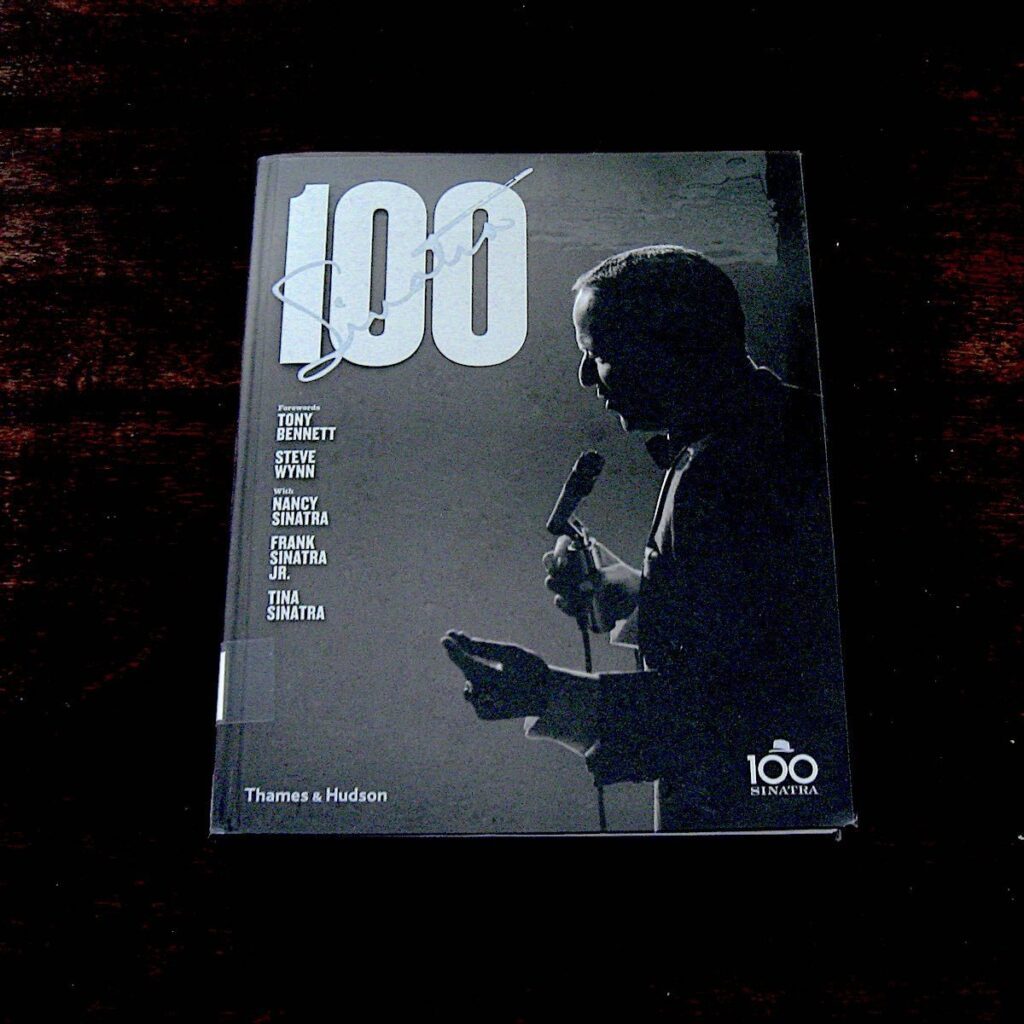

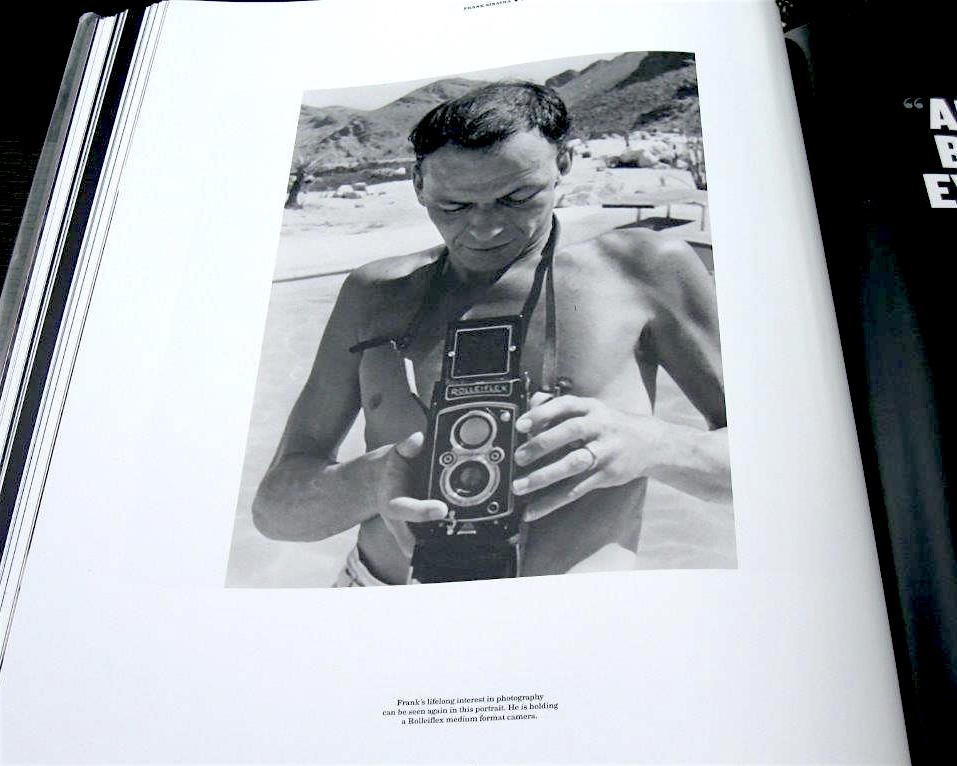


Sinatra 100
by Charles Pignone
Thames & Hudson
2015, 288 pages, 11.2 x 13.9 x 1.3 inches
Sinatra 100 encapsulates the legendary performer’s life through text and previously unseen photographs from the family archives as well as classic images from various photo shoots. After forewords by two friends who knew him best, Tony Bennet and Steve Wyn, as well as an introduction by book author Charles Pignone, the book is broken into three long sections: The Voice 1915-1952, Chairman Of The Board 1953-1972, and Ol’ Blue Eyes 1973-1998. That leads readers into afterward sections by various family members and other items of interest.
Frank Sinatra, the man who would be known as “The Voice,” was born in Hoboken, New Jersey on December 12, 1915. Singing in his Dad’s bar led to a lifetime in music. The pages of that first section detail in photographs and text how difficult his early career was as well as his personal circumstances. After having some very early success, by the early 1950s Sinatra could have easily been relegated to a brief footnote in history. It was those early days that taught him what loyalty meant to both himself and others.
While the early fifties were ugly, things changed fairly rapidly. Winning the Oscar on March 25, 1954 was a pivotal point in that turnaround and a small taste of what was to come. In Chairman Of The Board 1953-1972, that turnaround is thoroughly detailed. Sinatra quickly became a box office superstar while his deal with Capital Records made him a major business success. His personal life was another matter as marriages came and went. All of this is detailed in both text and pictures though it is the pictures that really tell Sinatra’s story by way of Hollywood movie sets, recording studios, award events, and more.
The final section, Ol Blue Eyes 1973-1998, covers the later years of Frank Sinatra’s incredible life. He had found peace and had gradually returned to singing by way of touring. Along the way the awards and accolades came to him from a worldwide audience as he continued to entertain people everywhere. While the text is important, the pictures truly tell the tale and are the real story of the book. Often the photographs capture other well-known figures such as Orson Wells, Bing Crosby, Clark Gable, etc. As such the photographs not only give readers a glimpse back in time of Sinatra, they also serve to showcase other legendary talents and others who just happened to be in the right place at the right time to be immortalized. They serve as a window into history, not only of Frank Sinatra, but of our history and culture over decades of American life.
It is worth noting that the coffee table-sized book is very heavy. Beyond the sheer weight of approximately six pounds is the fact that the text in captions and elsewhere in the book is very small. The caption text is even smaller than the main text with the result being a very well done book that could be difficult to read for those who have eyesight issues. Published by Thomas and Hudson this tome is meant as an all-encompassing historical visual record to commemorate the singer’s 100th birthday. – Kevin Tipple
Books That Belong On Paper first appeared on the web as Wink Books and was edited by Carla Sinclair. Sign up here to get the issues a week early in your inbox.
01/6/2605 January 2026
Paper Cutting
Tools for Possibilities: issue no. 171
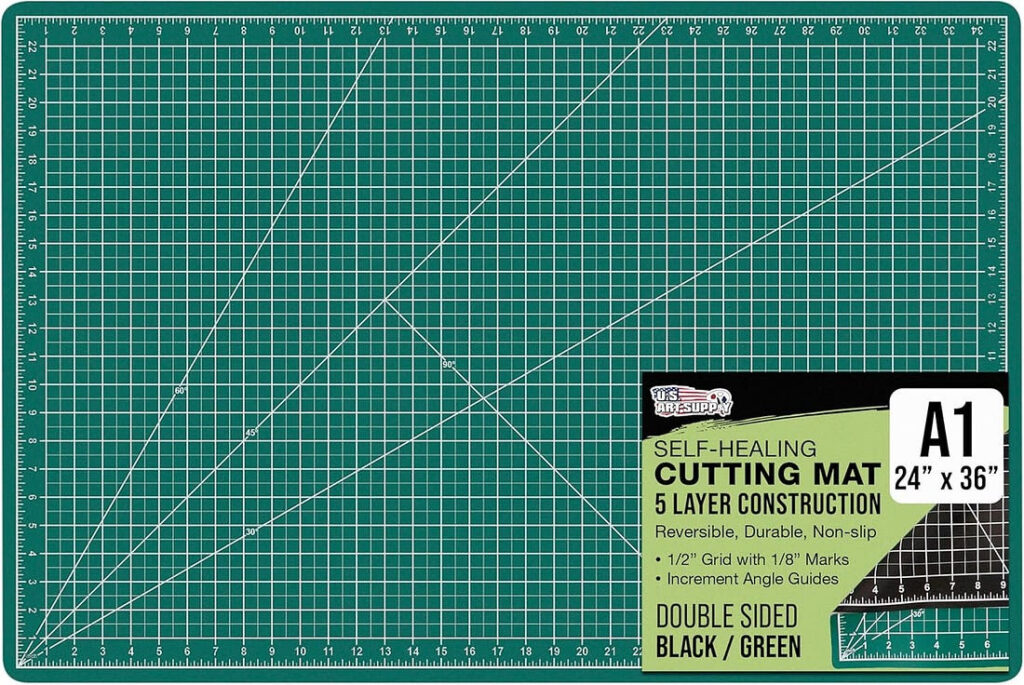
Optimal place to cut
You razor-cut things on this mat, and unlike other materials it won’t accumulate a field of cut marks to misguide your blade. The self-healing rubber keeps the surface uniformly smooth, clean, and firm. And protects your table. Get the largest one you have room for and can afford. A large mat also says: don’t pile stuff here. — KK
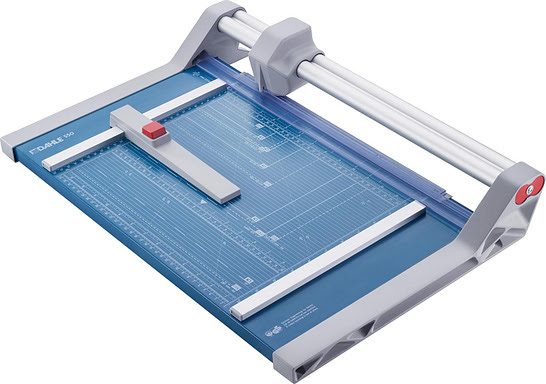
Self-sharpening paper cutter
Until a couple of years ago I had struggled with different inexpensive paper cutters, but I kept finding myself going to Kinko’s and using the cutters there. Then I got smart and jotted down the brand name, Dahle 550 Rolling Trimmer Paper Cutter, and bought one online.
What I appreciate most about this cutter is that I never have to change blades, or deal with dull blades, because it’s self-sharpening. The steel rotary blade contained within the plastic safety housing moves across a stationary blade that extends the length of the cutting platform. This action hones the rotary blade, which remains constantly sharp. It’s also set up for wall mounting, which is ideal in my home office layout.
One of the Dahle’s downsides is that the plastic plate that holds the paper down got dinged up — keep away from kids — causing the blade to run off the track if I’m not careful. Also, the next one I buy will be a larger model: The 550 is meant to cut up to 14 1/8-inch paper, but it’s awkward cutting anything over 8×10. — Andrew Heidrich
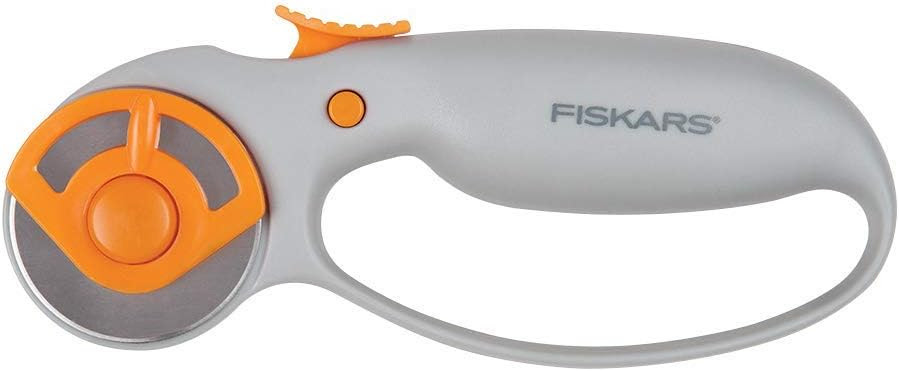
Better than razor blades
Rotary cutters aren’t new tools. It’s just taken me awhile to appreciate how great they are. The Fiskars Rotary Cutter replaces exactos for most heavy-duty cutting jobs in our household. It’s faster, surer, easier and therefore safer to use than razor blades. It will slice through paper, vinyl, cardboard, fabric, and foam board with ease and accuracy. I can only manage perfectly straight long cuts with a rotary cutter and straight edge. Cutting curves is buttery. Seamstresses can add pinking blades. The replaceable blade retracts when not in use; it can be side-switched for left-handers. When I think “cut” I reach for this tool. — KK
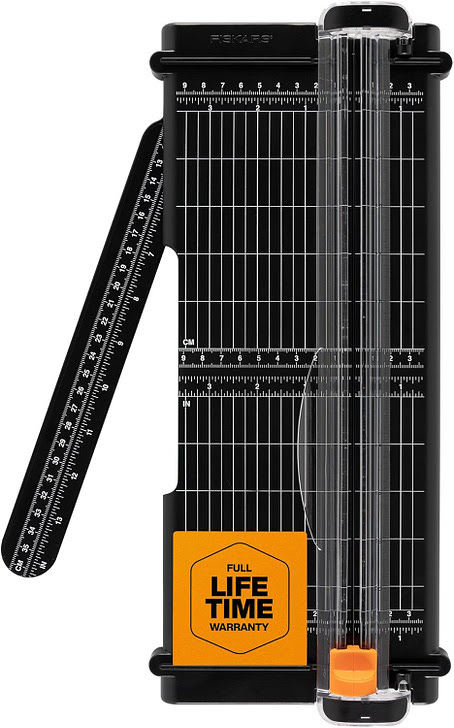
Safe paper trimmer
It is simply impossible to make a genuine straight, right-angle cut on paper using scissors, or even a razor blade and straight edge. The old guillotine paper cutter could deliver a clean cut, but at the risk of taking your fingers away. Fiskars, the scissors makers, invented a cutter with a tiny blade mounted on a hinged holder that zips through paper without any possible harm, even to the youngest children. It’s fast, accurate, and crisp. — KK
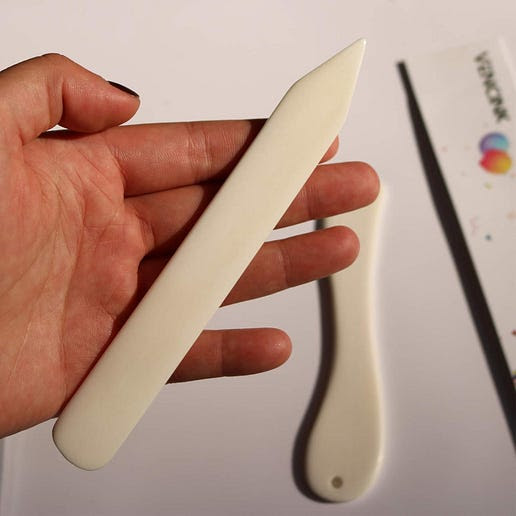
Paper scoring and folding
A classic bone folder is made of real bone, not plastic or Teflon, and resembles a fat, blunt-edged tongue depressor, rounded at one end and pointed at the other. With it, I can turn a digital print, piece of cardstock or watercolor paper into a professional-looking note or greeting card.
Pulling the pointed end alongside a straight edge and across the paper produces a subtle score that facilitates a perfect fold. Next, I fold the card very gently by hand along the score, and then stroke one of the short, straight sides of the bone folder along the score to flatten the rounded fold to a sharp crease.
When sending a letter that I want to look good, I make two quick strokes of the folder along preliminary hand folds to create folded edges that are sharp and square. Bone folders also can be used to burnish paper as it is glued to cardstock, album or scrapbook pages. They produce accurate and sharp folds and creases on origami papers as well as facilitate sculpting, architectural modeling or bookbinding with paper.
I recommend rubbing your bone folder with olive oil from time to time to avoid flaking or brittleness. Folders made of real bone are best, unless you wish to use a Teflon folder to avoid the slight luster sometimes created by the friction of a real bone folder. — Clifford Peterson
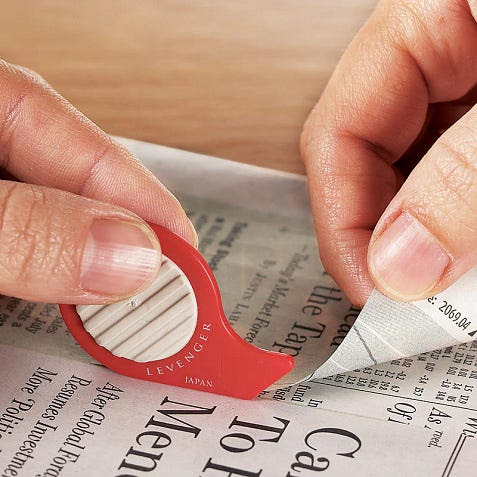
Safe, quick newspaper clipper
I like to clip items from the newspaper or magazines that are relevant to my clients and prospects. This tool makes that task simple — just grip between thumb and forefinger and trace the outline of the article you want to clip — you even leave the underlying pages intact! — Bruce Bradford
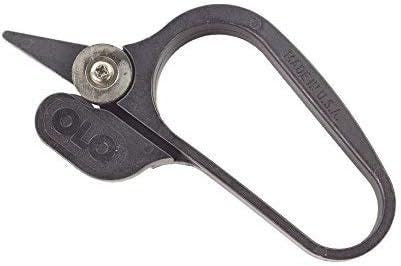
Perfect for cutting rolls
Two rotating wheels slice paper the way an open scissors does occasionally. Absolutely marvelous for cutting wrapping paper or making lots of long cuts. Also great for kids who don’t quite have the coordination to use scissors well. We keep ours in the gift wrap box. — KK
Once a week we’ll send out a page from Cool Tools: A Catalog of Possibilities. The tools might be outdated or obsolete, and the links to them may or may not work. We present these vintage recommendations as is because the possibilities they inspire are new. Sign up here to get Tools for Possibilities a week early in your inbox.
01/5/2604 January 2026
KK / Flat phone grip / Is it a cult?
Recomendo - issue #495
Trendy newsletter
I, too, now have a Substack newsletter where I post a short essay once a week. It’s my “works in progress” on technology, culture, travel, art, and even spiritual stuff. Some of my essays are brand new, and some are older pieces cross-posted from my Technium blog. Instead of having to visit the blog, I send it to you in an email (that is Substack). My pieces are low-stakes, cold takes – I am not in a hurry. I aim to pay attention to long-term trends. Comments are active and I try to respond to sincere comments. Sign up at KK on Substack. It’s free (although I have some paid subscribers, thank you!). — KK
Flat phone grip
My wife replaced her PopSocket phone grip to the new Snap Grip 5 ($40). It’s just 3mm thick, with a profile that prevents it snagging on pockets like bulkier grips. It has a powerful magnet that snaps to MagSafe phones. You can use it as a one or two-finger grip, flip it into a sturdy kickstand, or stick your phone to any metal surface (fridge, gym equipment, car door). Works with iPhones and includes an adapter for Android phones. — MF
Is it a cult? Assessment Tool
My mother is a seeker, so I grew up baptized multiple times and in and out of various churches. As an adult, I’ve had to rebuild my relationship with both spirituality and community, and I tend to assume every organized group with a shared mission is a cult until proven otherwise. That’s why I really appreciate this carefully constructed “Is It a Cult?” tool by ClearerThinking. The assessment looks at things like unusualness, conformity, isolation, control of information, ethics, and sacrifice, reflecting the nuanced criteria behind their Cult Assessment tool. ClearerThinking’s programs and assessments are grounded in empirical data and are balanced in perspective, and this particular questionnaire understands that being a cult is not binary—it’s a set of traits, each of which lies on a continuum. — CD
Air Fryer Convert
I was skeptical about air fryers until I tried the Ninja Crispi. It comes with three glass containers so you can see your food cooking, and they’re non-toxic (no Teflon coatings). I’ve made sweet potatoes that came out caramelized on the outside and soft inside. It’s perfect for crisping frozen samosas and pupusas in minutes. My mother baked a whole chicken in it beautifully. The containers go from freezer to cooking to table to dishwasher. — MF
Reclaiming five-to-nine
This piece argues that most nine-to-five workers underuse their after-work hours because we stay in our “inner CEO” identity, which hijacks free time with urgency traps like emails, Slack pings, and low-value work that keeps laptops open all night. The advice is to acknowledge and give time to our other inner characters—like the Lover, Artist, Friend, and Athlete—and create a simple cast schedule for weeknights. For example, on Mondays the Athlete moves your body, on Tuesday the Friend schedules a conversation or hangout, and so on. The real key is honoring the end-of-work transition with a shutdown ritual: create a two-do list for the next day, close unnecessary tabs, say out loud “Workday closed, artist open,” and then do something sensory (shower, stretch, short walk, or after-work-only music) to let the next character take the spotlight. — CD
Advice guru
My favorite advice guru is Dan Pink. He is very wise, but also very concise. He can convey a book’s worth of advice in a few minutes – and his advice is good and practical. He is a master of dispensing his wisdom in very short videos. His latest class is a 4-minute lesson on How to Fix Your Attention Span. Might as well stay for his other lessons as well. — KK
Sign up here to get Recomendo a week early in your inbox.
01/4/2601 January 2026
Best Retiree Spots/Welcoming Nomad Destinations/Loyalty Doesn’t Pay
Nomadico issue #186
Sunny Places to Retire
While Mexico is the most popular retiree destination for Americans and Canadians by a huge margin, it’s #5 on the annual Global Retirement Index that International Living produces. The top spot usually goes to Panama, thanks to its generous perks and terrific medical care, but this year it got edged out by Greece, which offers a residency permit to those spending at least 250,000 euros on real estate. Unlike Panama and number two Costa Rica, Greece offers plenty of variety in climate, altitude, and places to get away from the crowds. Other countries in the top-10 are Portugal, Italy, France, Spain, Thailand, and Malaysia.
Welcoming Countries for Nomads
If you’re not ready to put down roots but want to spend quality time where you land, only some of the countries that are great for retirees are also great for digital nomads. Thailand, Costa Rica, and Mexico are three of the exceptions in terms of countries where you can spend six months or more at a time without getting formal, long-term residency. Plenty of countries offer some kind of digital nomad visa, but a lot of those come with onerous requirements and tax obligations on foreign income. See my rundown here of the most welcoming countries for nomads and remote workers.
Airline Loyalty Doesn’t Pay Off for Most Travelers
American Airlines says that passengers buying their “basic economy” tickets (their match to Spirit or Ryanair service) will no longer earn loyalty points on their flights. Sadly, other legacy airlines will probably follow suit. This proves once again that high-spending frequent business travelers with elite status are now the only ones who earn significant frequent flier points from actually flying. (One example of how bad the payoff is: a business class flight from Mexico City to Tampa on Delta will earn me a whopping 1,000 SkyPesos.) Forget loyalty: if you want to earn free flights, you’ll get there far faster by just maximizing your credit card spending instead, preferably with a card that allows multi-airline transfers, like Sapphire Preferred.
Another Points Currency with Rove
Apart from the Chase points mentioned above and others available via Amex and Capital One, here’s a lesser-known option that could pay off even faster, especially if you like to stay in independent boutique hotels instead of chains. If you book through Rove Miles instead of, say, Expedia, you can earn 5 to 25 points per dollar that you can then cash in or transfer out. Flight bookings earn the lowest, but you often see 10 to 25 points per dollar spent on hotel bookings, on top of whatever your credit card is giving you. Plus they have a shopping portal. Then if you want to transfer points out, they connect to airlines in all three airline alliances: Star Alliance, One World, and SkyTeam.
A weekly newsletter with four quick bites, edited by Tim Leffel, author of A Better Life for Half the Price and The World’s Cheapest Destinations. See past editions here, where your like-minded friends can subscribe and join you.
01/1/2630 December 2025
Mann’s Pictorial Dictionary / Death is Stupid
Issue No. 98
MANN’S PICTORIAL DICTIONARY AND CYCLOPEDIA – THE MOST MISCELLANEOUS MISCELLANY OUT THERE
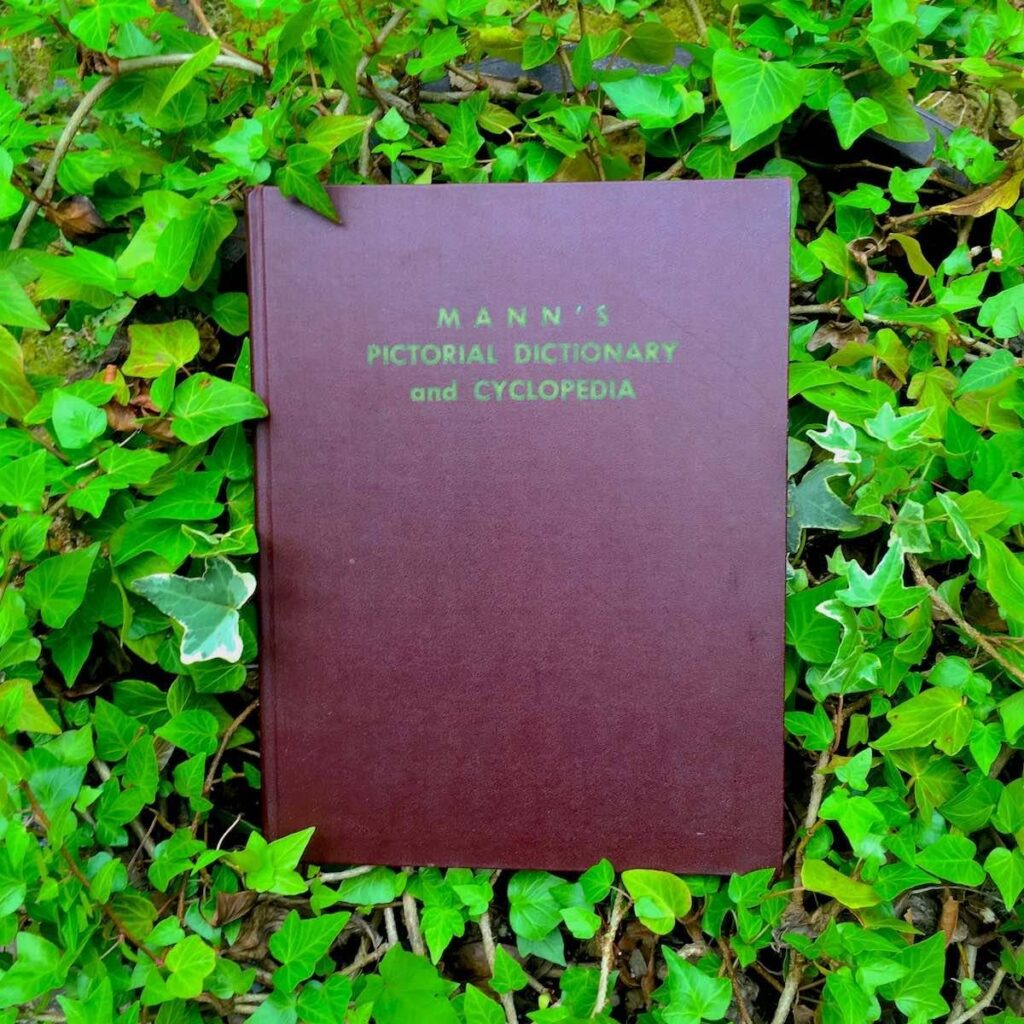
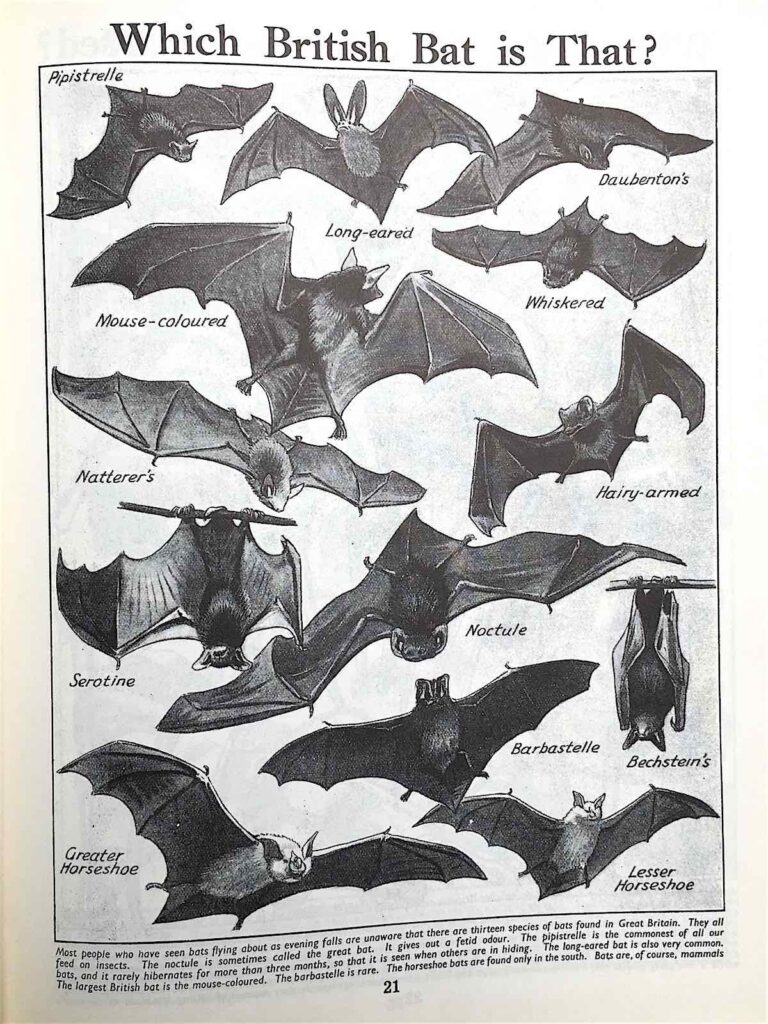
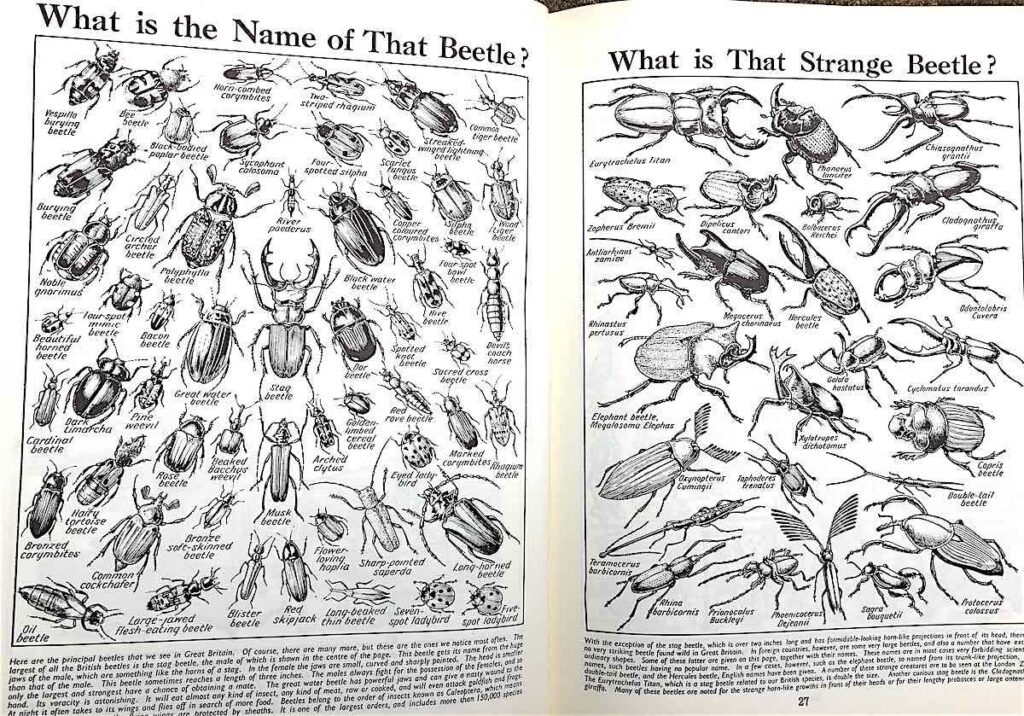
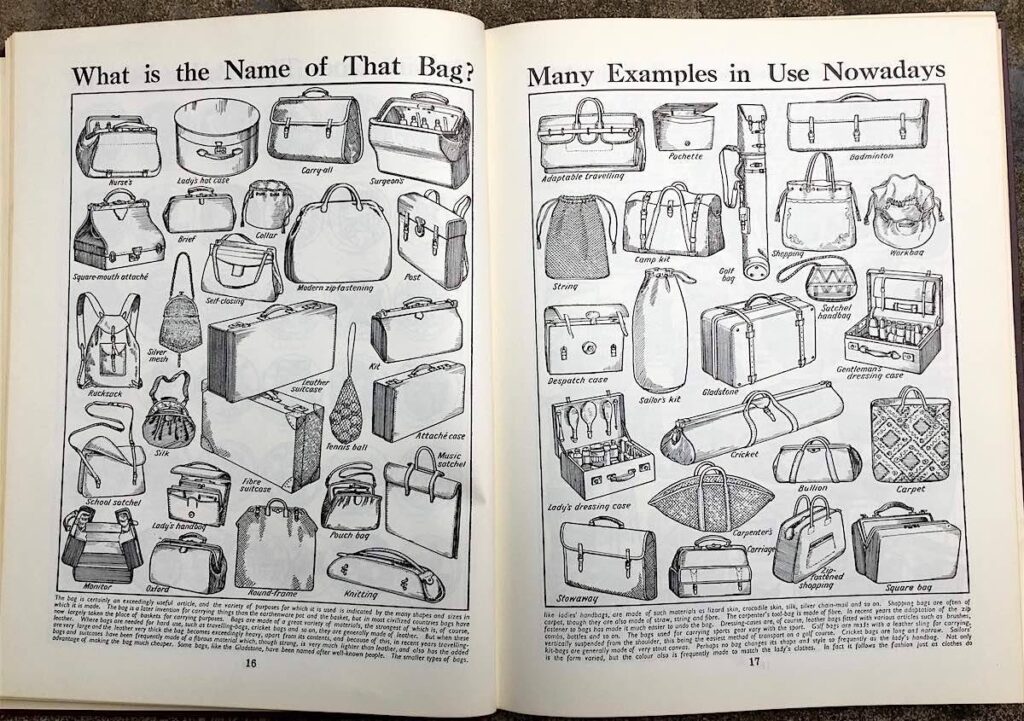
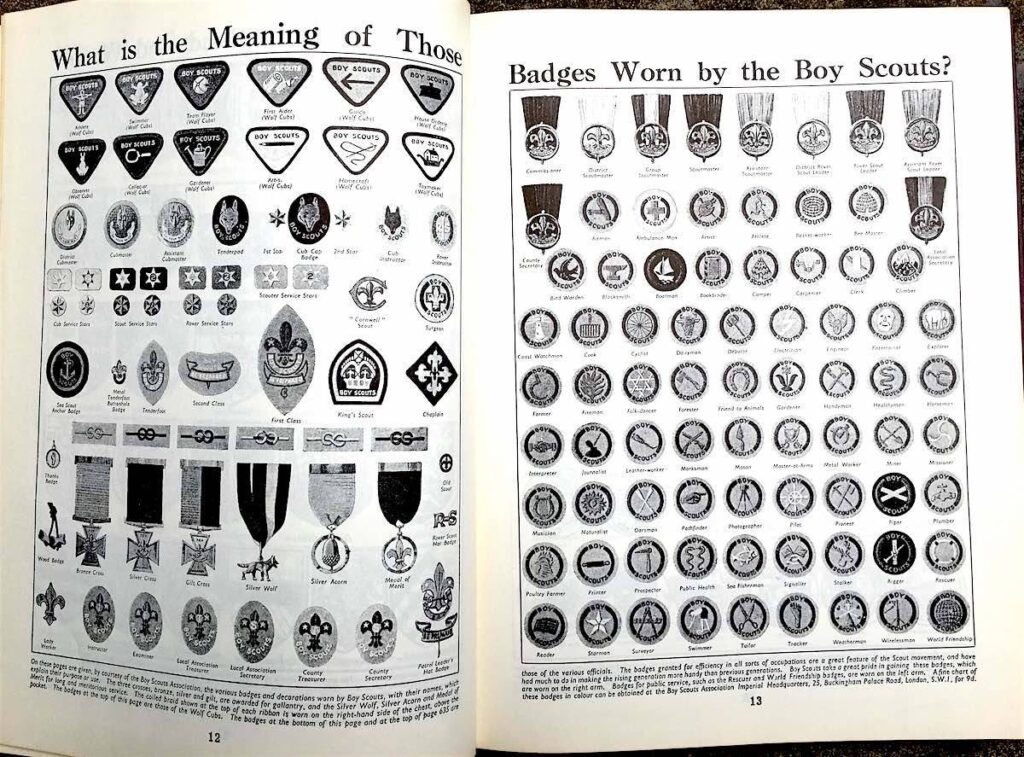
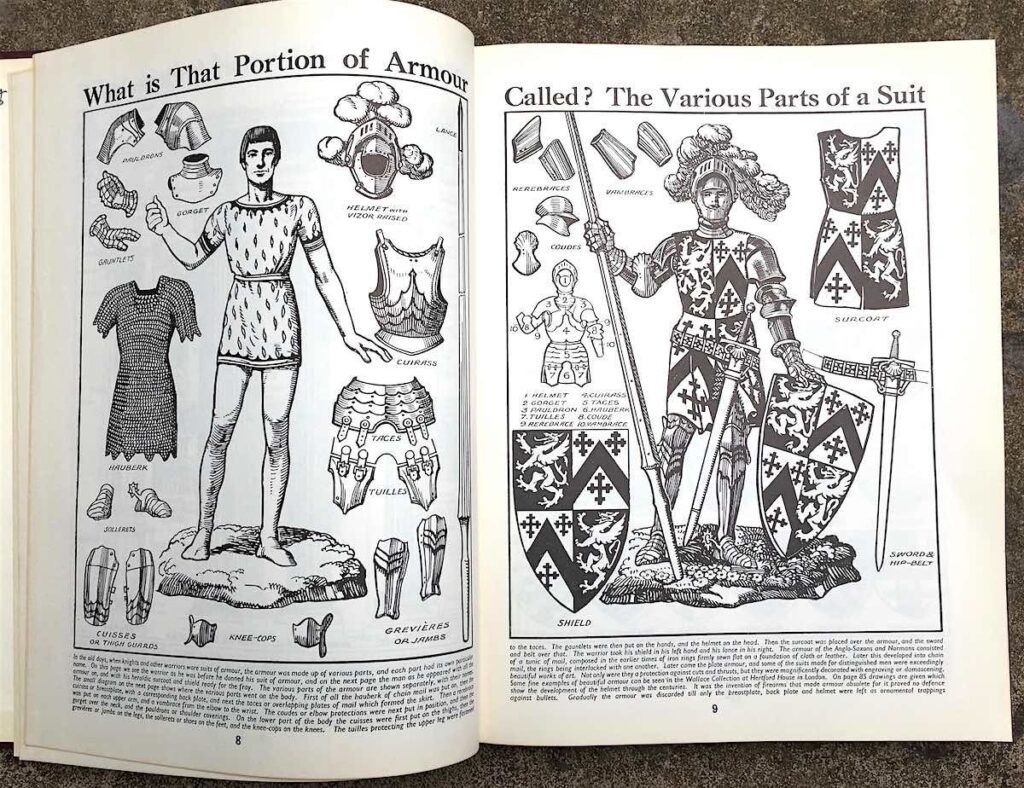
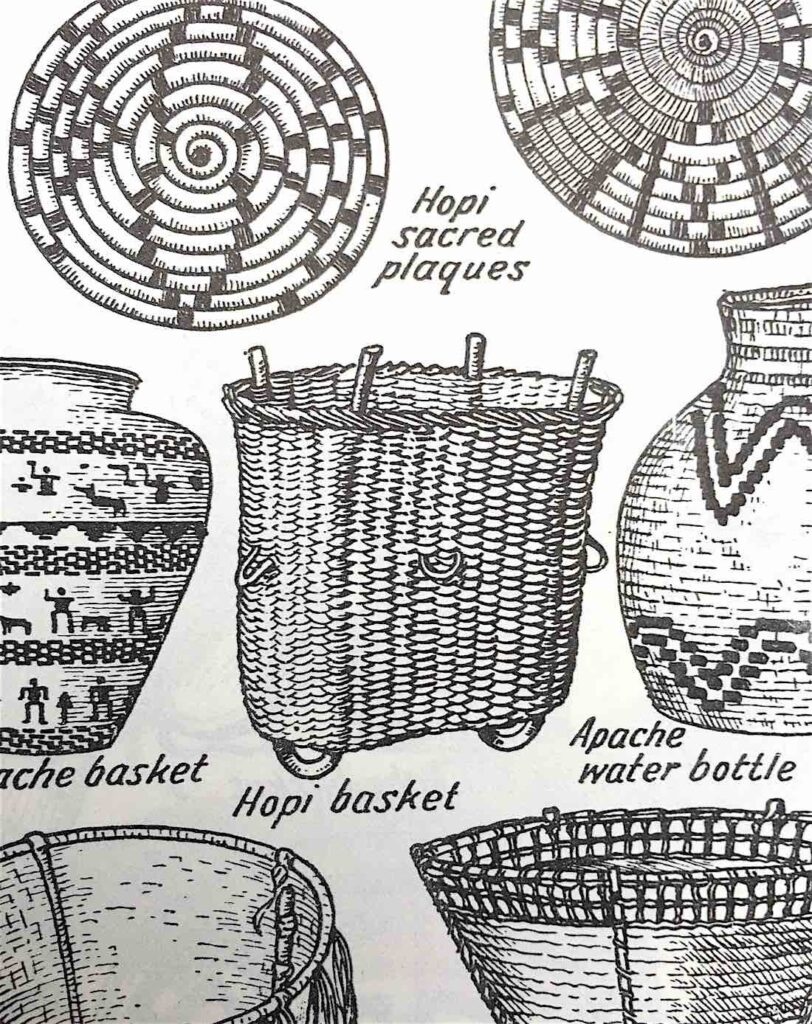
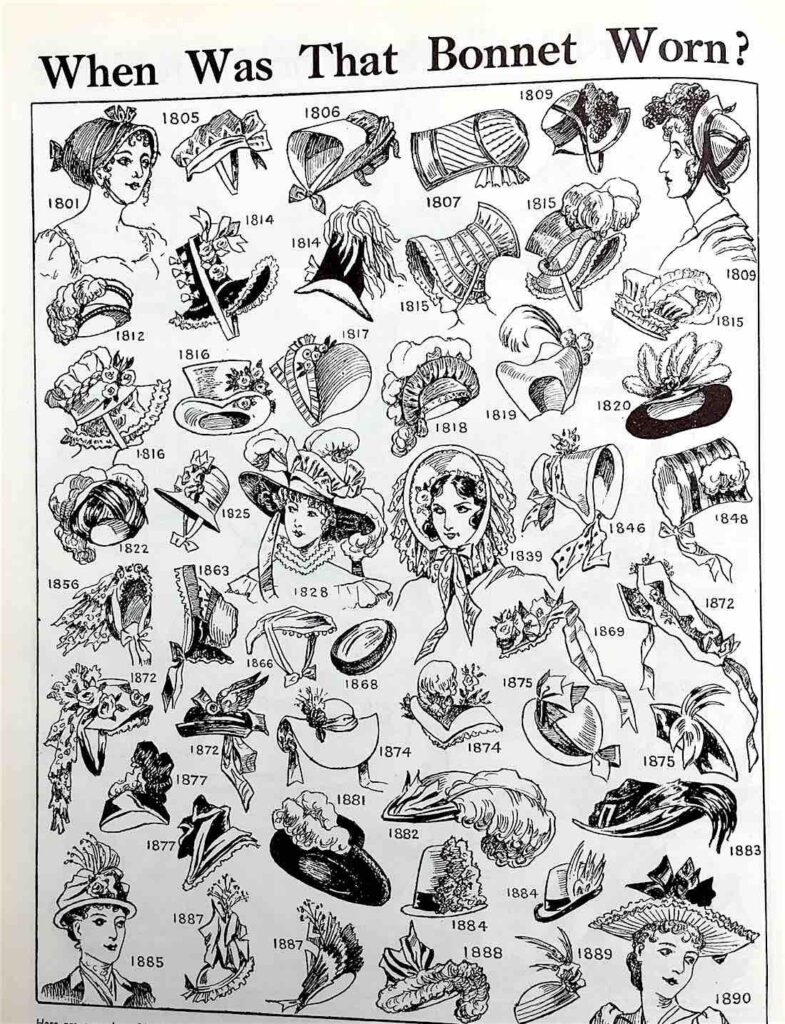
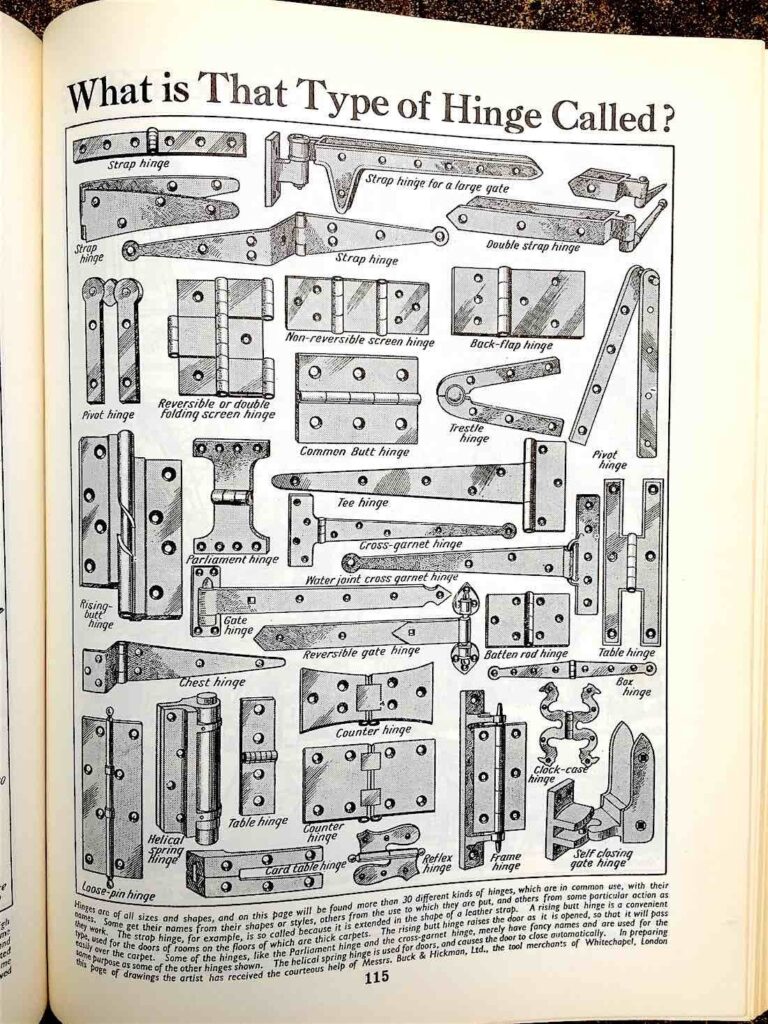
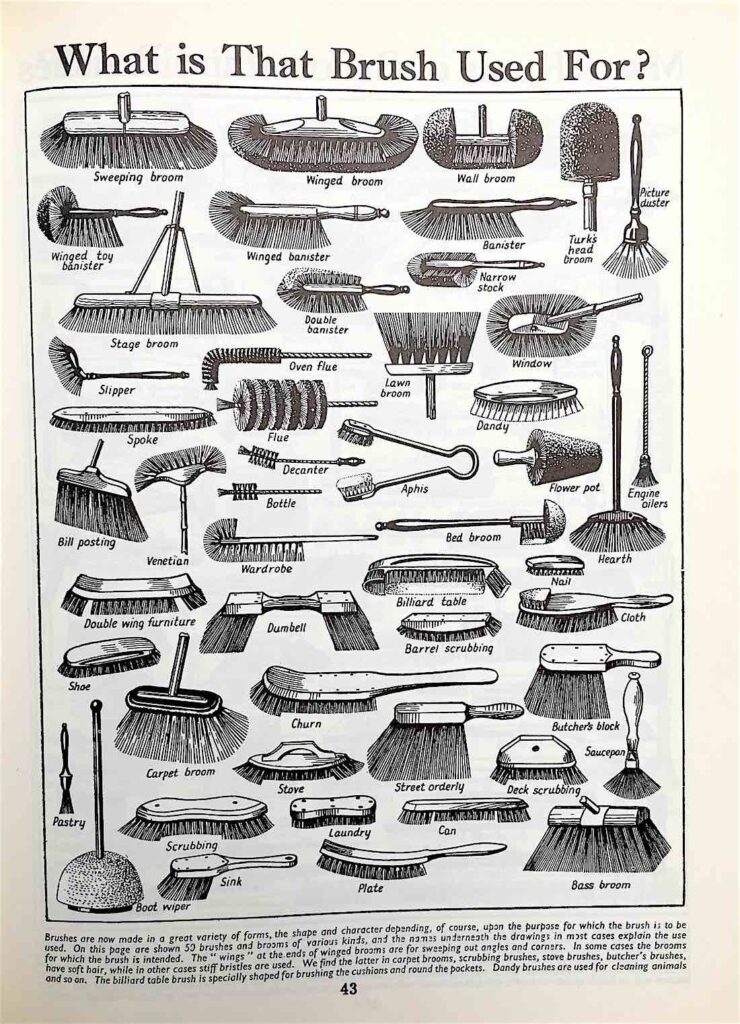
Mann’s Pictorial Dictionary and Cyclopedia Vol. 1
National Library Publications
1960, 240 pages, 8.5 x 11 inches
What are the different parts of a knife called? How about the parts of a plough? Does anyone know what kind of mousetrap this is? What do Eskimo ice scrapers look like? I’ve got this chrysalis here — what kind of butterfly or moth will emerge from it? Can anyone show me the difference between a bath tap and a double flexible tube cock? How about a White Persian versus a Manx? How did the piano evolve? What kind of ship is that sailing out of the harbor?
All of these questions and a ridiculously large number more are answered in Mann’s Pictoral Dictionary and Cyclopedia, 240 pages of the most miscellaneous miscellany out there. Each page poses a not-entirely-naturally-worded question at the top, then answers it with illustrations. If we believe the foreword of this 1960 edition, the original book was found in a bombed-out library in England shortly after WWII. One illustration shows a woman’s hairstyle from 1920, while another list, “To Which Country in the British Empire Does That Badge Belong?” includes Kenya and Gold Cost which, if I know my British history (note: I do not), suggests the book was published sometime between 1920-1957.
I’d owned this book for several years before I realized that the pages are not random, they’re alphabetical (as long as you can figure out what category the page has been classified under, which is not always clear). This leads to delightful transitions like going from cat’s cradle games, to cattle breeds, to oak chairs, or from “What Bible Fruit is That?” to “Examples of British Game Birds.”
The British dial is set to 11. “What is the Name of That Sedge? The Chief Species Growing in Britain” is a two-page spread on grasses. “What is the Meaning of Those Badges Worn by the Boy Scouts?” asks another page. “Which British Owl is That?” — it turns out that “Ten owls are found wild in England, and by means of these drawings it will be possible to identify any owl that may be seen.” Identify your raptors with confidence, Britain! It’s out of print, but used copies can be found at the link above. – Sara Lorimer
DEATH IS STUPID TALKS STRAIGHT TO KIDS ABOUT A TOPIC MOST GROWN-UPS STRUGGLE WITH
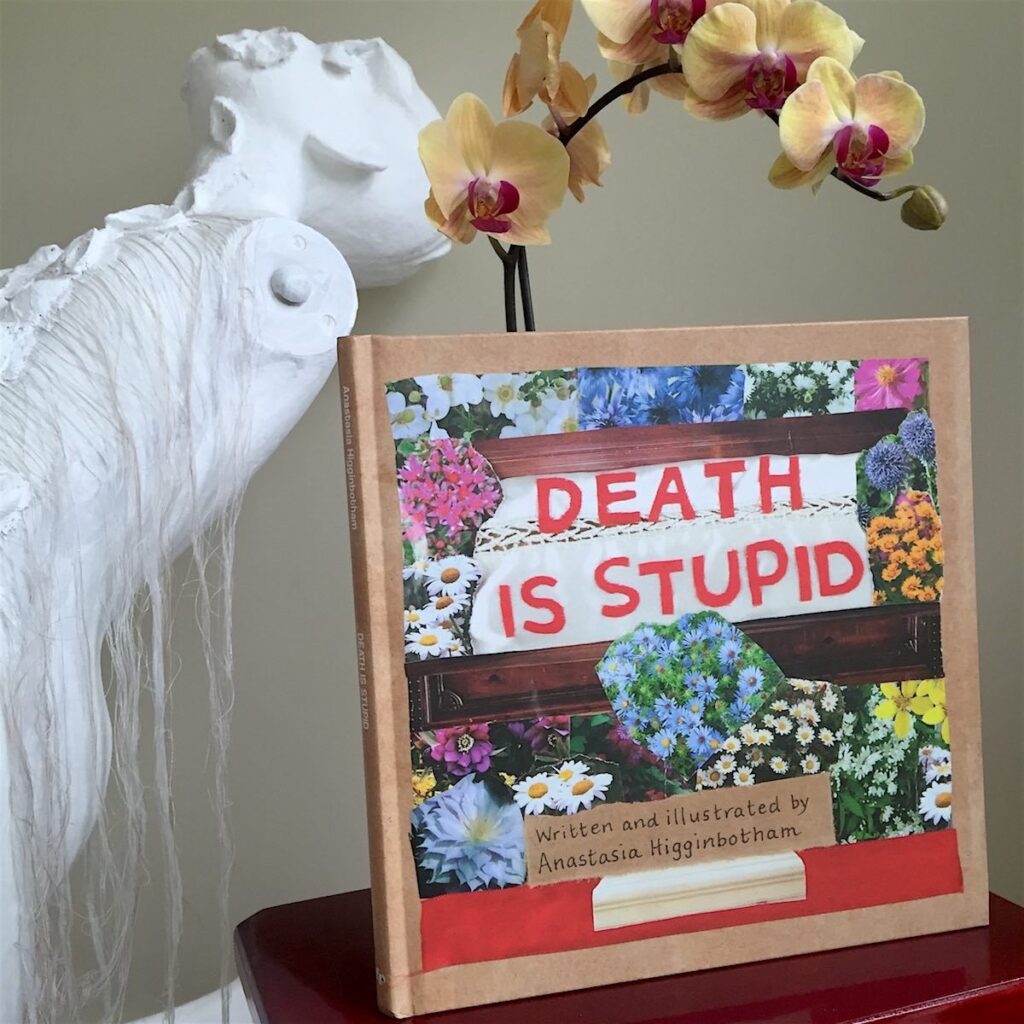
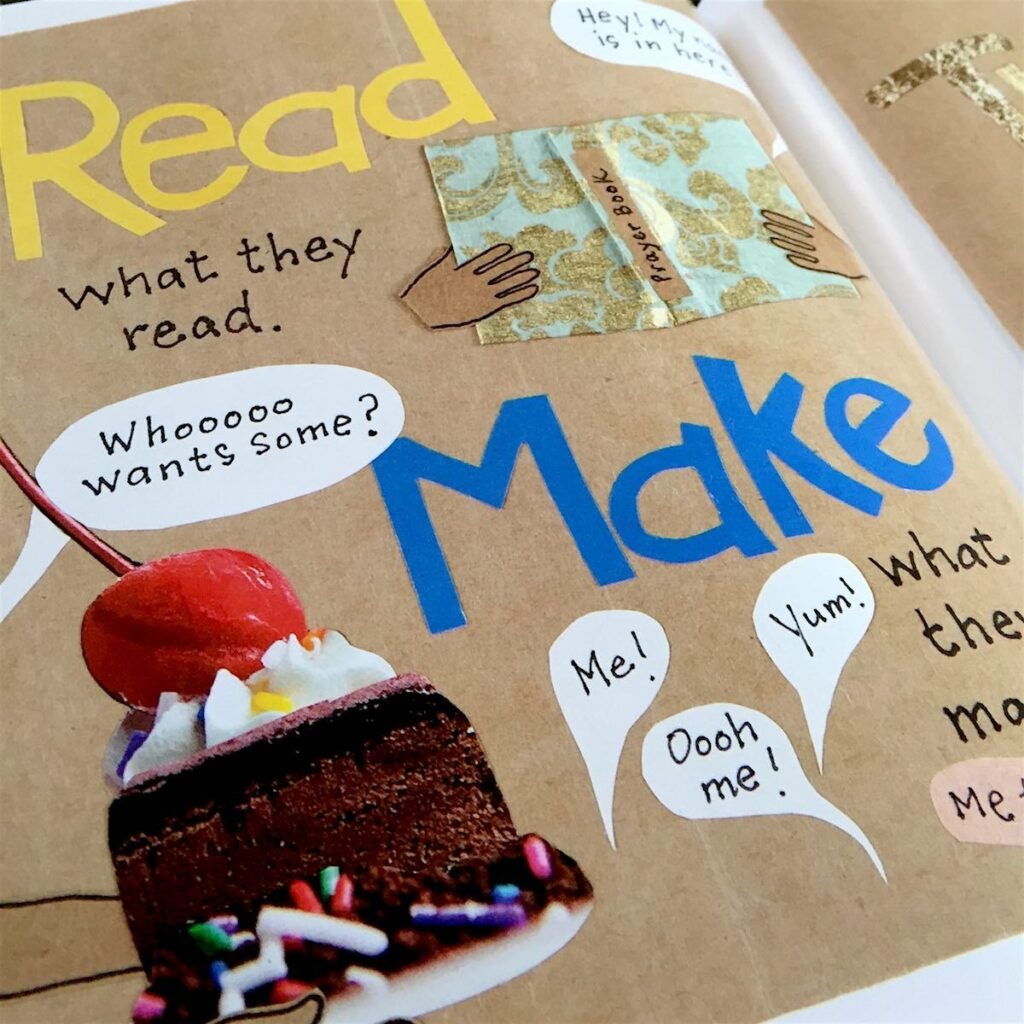
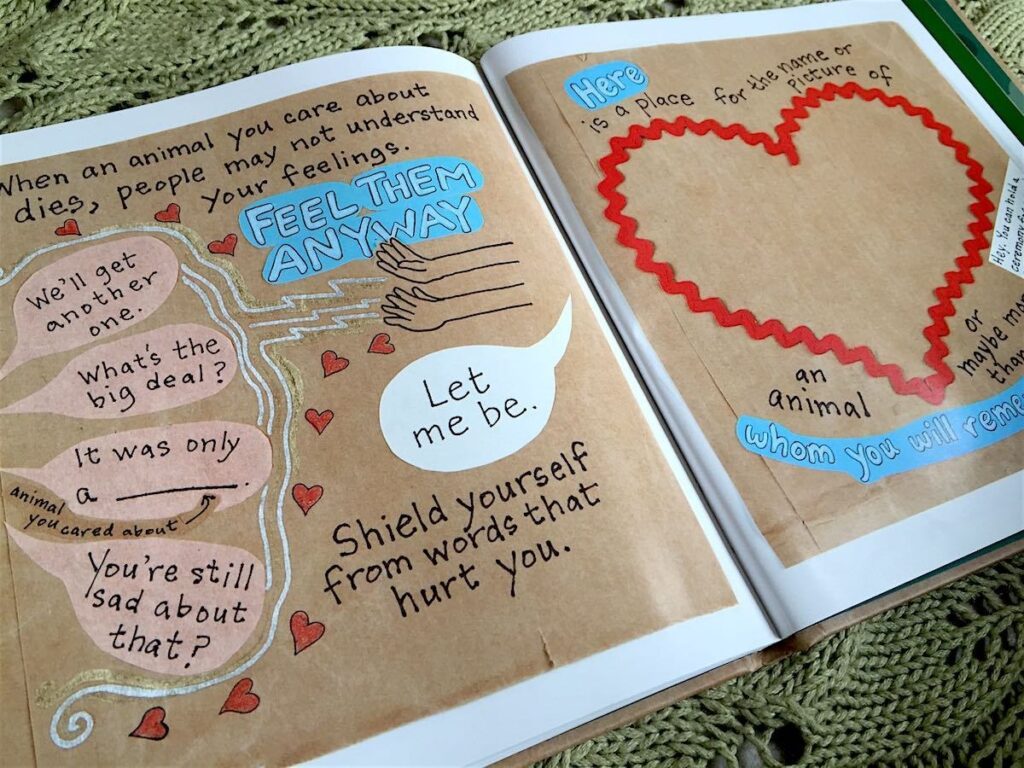
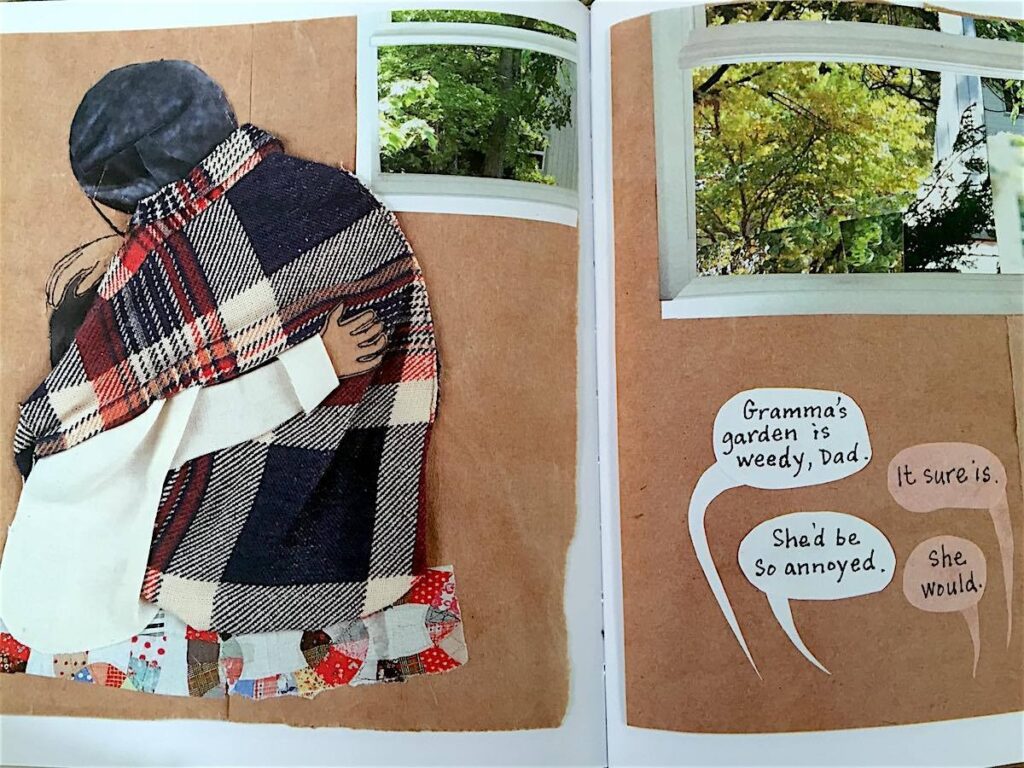





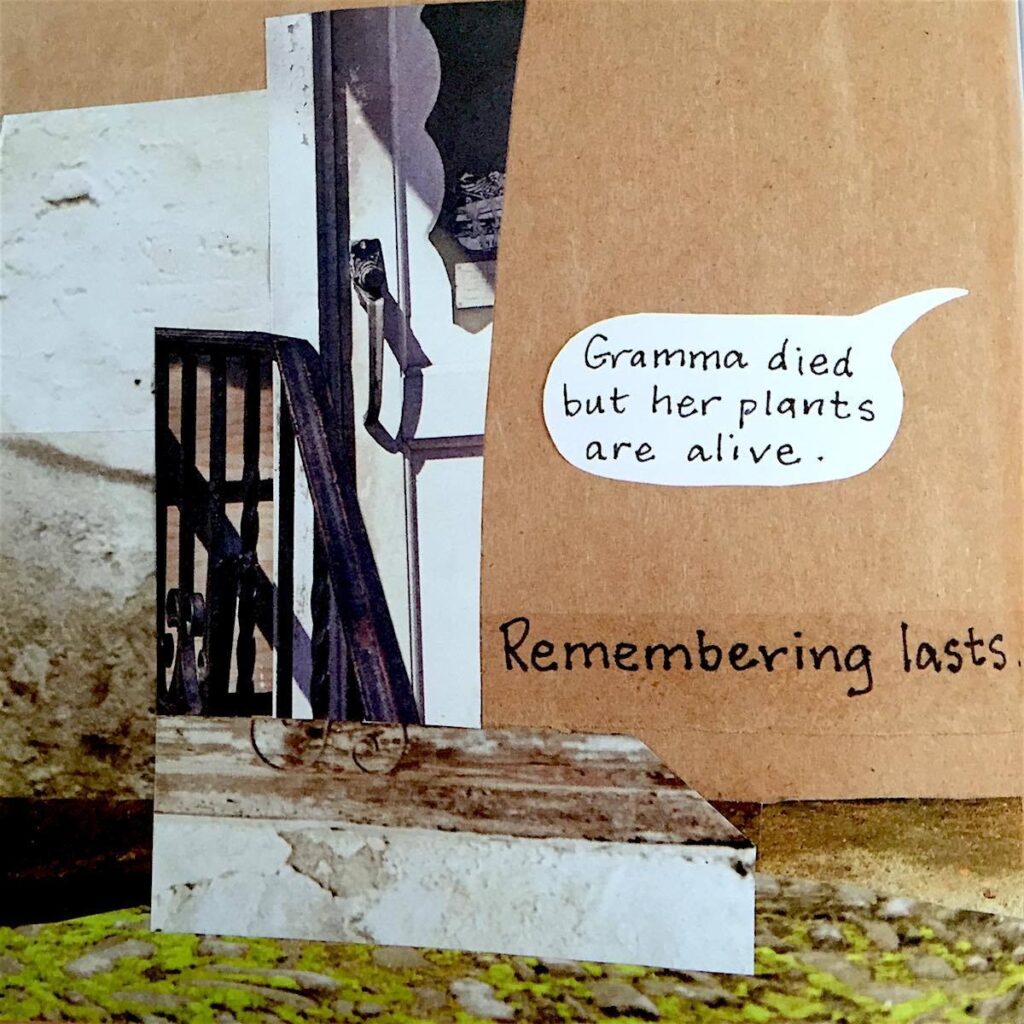
Death is Stupid
by Anastasia Higginbotham
The Feminist Press at CUNY
2016, 64 pages, 8.5 x 8.6 x 0.5 inches
Death is Stupid does what so many grown-ups struggle to do with their kids. It tells them the truth that they already know. In collages of illustrations and dialogue, Anastasia Higginbotham walks readers through the confusion and questions that come when someone dies. Using two concurrent narratives, one that broadly voices and validates the feelings and fears kids have around death, the other focusing on a little boy whose grandmother has died, Higginbotham masterfully draws connections for young audiences and their grown-ups.
The story opens, gracefully straight-forward, “When a loved one dies people can say some stupid things.” The line stretches over the course of three pages in which the boy goes from surprised to sad as he hears, “I know exactly how you feel.“ “Don’t cry.” “Just be grateful for the time you had with her.” We follow him through the funeral and days after, through the rituals of grief and remembrance, through the fumbling adult attempts to explain and comfort. Through his experience and the narrator’s staccato interjections (“Dying is not a punishment. But it mostly doesn’t feel fair.”), readers are given the space to explore the well-intentioned answers and advice that grown-ups pat into the palms and shoulders of the kids they love, and the ways in which those hugs and kisses can land like blows.
Just as the boy tries out different ways to stay connected to his grandma while accepting her death, like caring for her garden, readers can explore suggested activities at the back of the book. Higginbotham offers templates for personalized remembering of both pets and people, simple instructions (“Read what they read. Make what they made.”), and the loveliest reflection on the power of speaking someone’s name. I know that when we are inevitably grieving a loved one’s death, I will be grateful to have this book on hand to read with my daughter. – Mk Smith Despres
Books That Belong On Paper first appeared on the web as Wink Books and was edited by Carla Sinclair. Sign up here to get the issues a week early in your inbox.
12/30/2529 December 2025
Canning
Tools for Possibilities: issue no. 170
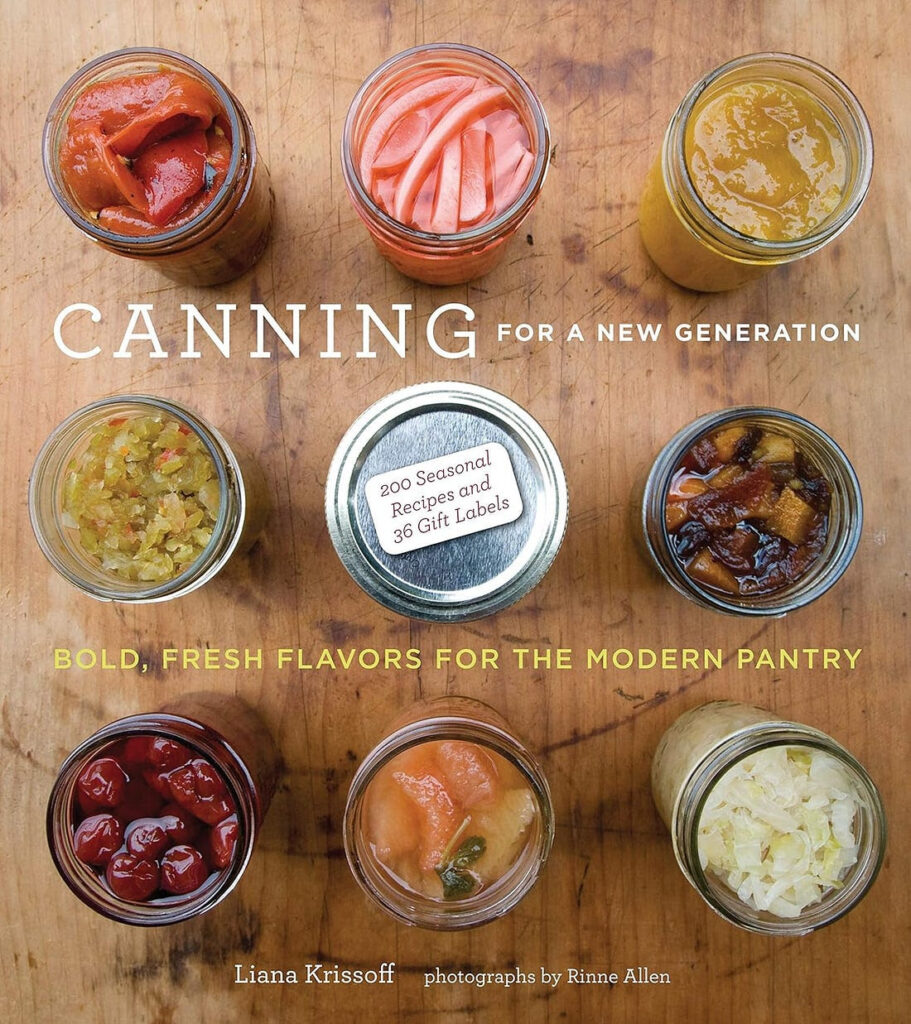
Best modern canning guide
New fashions in canning. Preserving is not really cheaper, nor is it a survival and disaster remedy. Canning these days makes sense as a culinary endeavor — because you can make preserves that taste better, or are far more varied than anything you can buy. This book is the best of a bunch of new guides on modern canning techniques and recipes (like Put ‘Em Up, which is decent but not as good). I prefer the recepies in Canning for standard items like james and jellies because it calls for far less sugar than other books, and it has a wide range of culinary influences. The book is also intelligently and simply designed with beautiful illustrations of the preserved treasures. — KK

- When I was growing up, canning was for old folks and cranks and separatists –oh, and for my parents, who spent every summer of my Virginia childhood scrambling to convert overflowing bushel baskets of fruits and vegetables from their garden into a pantry lined with shelf upon shelf of colorful canning jars, not to mention a stuffed-to-the-rim chest freezer or two. Not for me. I had better, far more important things to do. I can’t remember what they were.
For me, putting up the very best produce I can find in season–especially if it’s homegrown or from a nearby farm–is quite simply a way to spend some marginally productive time in the kitchen, preferably with my family and friends. Opening the jars and enjoying them later, I’m reminded of those fun times of tasting and talking, usually about food but also about music and politics and everything else that matters. In addition, taking on a kitchen project of a certain complexity, like canning or pickling or fermenting (or smoking meat or stuffing sausage or aging cheese), helps me remember what food was like when I was a kid and my mom and dad did these things, and what it might have been like when they were kids.
Low-sugar jams and preservesThe jams and fruit preserves in this book are all quite low in sugar, simply because I think looser, less-sweet spreads taste better than sticky, cloying ones. Most contain fresh lemon juice, which is added primarily for flavor but also to up the acid content a bit. The jams and preserves have a remarkably intense fruit flavor because excess water is cooked out rather than gelled with store-bought pectin.
Real picklesHere you’ll find everything from refrigerator pickles in vinegar brines that will last a few weeks or months in the fridge and don’t need any processing, to canned quickly brined pickles that will last a year in the pantry, to long-fermented pickles made sour by fermentation, to Indian and Middle Eastern-style “pickles” such as citrus preserved in salt. Most pickles are low in sugar, but not low in salt (which I fervently adore) or delicious tanginess, whether it’s that sharp bite of the acetic acid in vinegar or the mellow tang of fermentation-produced lactic acid. - So there you go. Heating to kill off existing microorganisms, processing to create a vacuum and prevent introduction and growth of microorganisms, and using high-acid foods or acidulating those that are not in order to create an acidic environment that’s inhospitable to microorganisms.
- Quick, High-Yield Strawberry Jam: Makes about 7 half-pint jarsHere’s a basic jam recipe that uses Pomona’s Universal, a commercial sugar-free low-methoxyl natural pectin derived from citrus rinds. It can be used in low- or even no-sugar recipes because it’s activated by calcium rather than sugar. You can adapt it to just about any fruit. If what you want is a lot of jam from not a lot of fruit (say, if you’re making a big batch to give as gifts), and if you want to cut back dramatically on the sugar content, this is the way to go. This jam, while not as intensely fruit-flavored as the no-commercial-pectin preserves in this book (here you’re essentially gelling the water that in other recipes is cooked off), will be thick, semi-firm, and light–a refreshing jam, if you will allow that such things exist. Pomona’s Universal can be found at health-food stores or online (see Sources, page 291).
- Strawberry Jam with Thai Herbs: Makes about 4 half-pint jarsThis is a sweet-tart preserve, but the mineral cilantro, fragrant thai basil, and fresh mint give it a complexity reminiscent of a good, well-balanced yum, or thai salad. Strawberries pair so well with herbs, and indeed all sorts of crazy savor things–balsamic vinegar with strawberries being one surprisingly long-lived trend–that it didn’t take much to come up with this extraordinary jam. Try this: Go out into the herb garden with a plate piled with halved berries and a little mound of sugar. (Or gather a bunch of leftover herbs from the refrigerator, or befriend a generous herb grower.) Dip a berry in the sugar, and pop it in your mouth with a few leaves of different herbs, tasting and tasting until you come up with a combination you like. It’ll be a little different from the actual jam, of course, but you’ll be able to tell if you’ll like the finished result.

The best pot under pressure
This is not your grandmother’s pressure cooker. Modern day versions are safe, easy to lock tight and are far quieter than units of yore. I can’t imagine my kitchen without one. The convenience plus time and energy savings associated with making things ranging from roasts to perfect risotto and even desserts is incredible. On top of that, everything inevitably turns out tastier and more nutritious than it would otherwise.
For the uninitiated, pressure cooking is a method of cooking in a sealed vessel that does not permit air or liquids to escape below a certain pressure. Pressure is created by boiling a liquid, such as water or broth, inside the closed pressure cooker causing the trapped steam to increase the internal pressure and temperature. This causes wet steam (or “saturated steam”) to be forced through the food and results in faster cooking times compared to conventional cooking methods. Once pressure is reached, the heat source can be dialed down significantly to maintain proper pressure for cooking. Pressure is slowly released through an external venting mechanism so that the vessel can be safely opened. A pot roast can be ready in 45-minutes, potatoes are cooked through in 10, broccoli and other vegetables barely take 5-minutes (at pressure) to become tender.
I’ve owned several brands and sizes over the years, but my favorite by far is the 6 qt. stockpot model made by Kuhn-Rikon of Switzerland. This unit, while not cheap, is extremely well-built, whisper silent and has multiple safely mechanisms built-in. Unlike the classic stream-release versions with the loud jiggly knob on top, this design retains most of the moisture, thus minimizing the amount of liquid required to get up and stay pressurized.
There are many less expensive, good quality pressure cooker alternatives out there that will serve you well, but I believe my Kuhn Rikon cooker will last for years of frequent use and look good doing it. — R. S. Parikh

Countertop flour mill
For 30-years we had an electric stoneground flour mill. It finally gave out and I got a steel-ground mill, and is it great. I realize that stoneground is the better way to go, but the new mill is so fast (20 times faster), and a joy to use.
We’re grinding most of our own flour for bread, etc. We grind organic California short-grain brown rice for cream-of-rice cereal. Easy to cook, delicious (a little butter, dark sugar, milk), and it’s a meal of freshly ground whole grains. I also use it to grind whole oats (called groats) into flour to make sourdough pancakes. No wheat. They’re delicious, and thanks to the sourdough, chewy. Fresh ground whole grains. Easy to do. — Lloyd Kahn
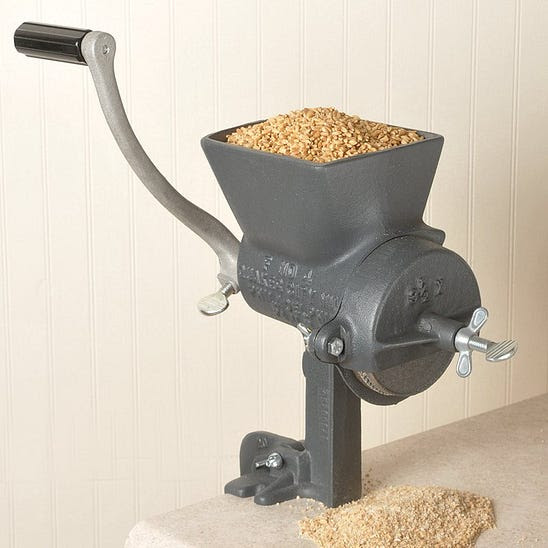
Grind your own oats
This elegant little Italian grain grinder has three hardened steel rollers that flatten grain for making flakes or crack it for making hot cereal or granola. I’d never had fresh oats before until my friend showed me this device, just after he gave me a breakfast bowl of fresh oatmeal along with flax seeds, shredded coconut, a little hemp oil for flavor, and brown sugar. As you grind oats you’re taking the whole oat grain (groat), and crushing and flaking it just before you cook it. You get nutty, delicious oatmeal, the flavor of the whole grain just released. Clamps to any surface up to 2″ thick. —Lloyd Kahn
12/29/25ALL REVIEWS
 12/21/25
12/21/25
52 Surprising Things / Watchable American history / See yourself as a verb
Recomendo – issue #493
 12/18/25
12/18/25
Functional Traveler Gifts/Tougher Italian Passport/Cheaper Streaming Options
Nomadico issue #184
EDITOR'S FAVORITES
COOL TOOLS SHOW PODCAST
WHAT'S IN MY BAG?
17 December 2025

ABOUT COOL TOOLS
Cool Tools is a web site which recommends the best/cheapest tools available. Tools are defined broadly as anything that can be useful. This includes hand tools, machines, books, software, gadgets, websites, maps, and even ideas. All reviews are positive raves written by real users. We don’t bother with negative reviews because our intent is to only offer the best.
One new tool is posted each weekday. Cool Tools does NOT sell anything. The site provides prices and convenient sources for readers to purchase items.
When Amazon.com is listed as a source (which it often is because of its prices and convenience) Cool Tools receives a fractional fee from Amazon if items are purchased at Amazon on that visit. Cool Tools also earns revenue from Google ads, although we have no foreknowledge nor much control of which ads will appear.
We recently posted a short history of Cool Tools which included current stats as of April 2008. This explains both the genesis of this site, and the tools we use to operate it.



